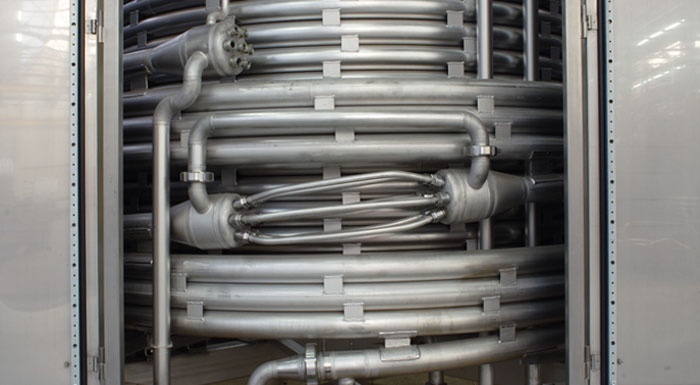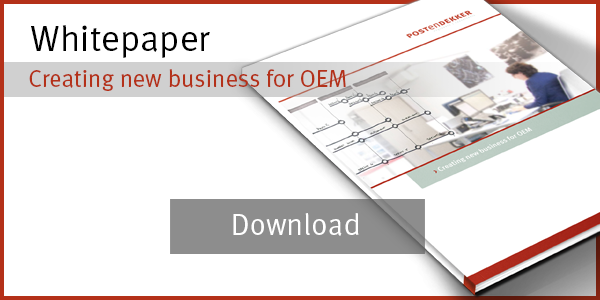
We see it more and more, the availability of smart configuration software which makes it possible for customers to ‘click together’ the desired product. It is part of the digital transformation and the need for the customer-specific products.
But in how far can we extend this development to the manufacturing industry? Is it, for example, possible to digitise the order intake? In this article I will try to explain why this might be possible.
The market and what it has to offer in the broadest sense of the word, are becoming increasingly customer-specific. Striking example is the automotive industry. Every car brand can be built up and configurated modularly according to the wish of the customer. The result is a modular designed car, as close to the wish of the customer as possible.
Engineering-to-order becomes configure-to-order
Previously, the end customer didn’t have much to choose from. When the end customer had a certain need, they had to choose from what the OEM developer had to offer. Or rather, engineering-to- order.
But a technological lead is virtually non-existent now, because this is now globally distributed. And because of growing competition from both the western manufacturing industry and low-cost players such as China. Because of this development, it is important to be distinctive and move towards customer requirements. And also, to be as customer-specific as possible. Customization is the magic word when it comes to delivering a customer-specific and first-rate product.
The solution can be found in smart-customization, meeting the customer requirements with an efficiently and flexibly designed order creation process. The basis of that is a product portfolio that consists of smartly designed modular product families. From these product families, it is easy to compile orders from the standard components and modules which are often available in several variants. This is called configure-to-order engineering.
Advantages of smart customization
So, the advantages of smart customization can be found in the modularisation of the product platform (components and modules) and processes with the OEM developer:
- Quality
When working with flexible modules, it pays off to put a lot of energy in the initial development of premium and reliable modules. The processes to get to the end product (configuration, production, supply, assembly) are continuously repeated, so that they can be optimised in a profitable manner, for example by automating the order intake, production and streamlining the communication. - Costs
In a configure-to-order product family, the knowledge rules are defined clearly and the designs of the various modules are secured. This cuts down the costs of the order realisation (sales and order engineering), the production costs and the costs of failure. The costs for the development of the standard modules are spread out over (large) numbers. The same goes for the production through the standardised tools and operational instructions. Moreover, it simplifies the outsourcing so that across the entire chain cost reductions can be obtained. - Lead time
The limitation of the engineer-to-order work and the availability of configurable modules create a significant reduction of lead time in sales and order engineering and production. Also, a lot of time can be won what testing is concerned. - Scaleability
Eventually, the simplified product and production management will make sure that the engineering and production capacity can be deployed not only in an efficient manner, but also in a flexible and scaleable manner.
An automated order intake
With configure-to-order, a customer requirement translates into a specific combination of variants of the different modules with possibly a limited share of ‘real’ customization. This customer-specific orders can then be produced quick and cheap in a small series or single units.
With configure-to-order the order intake process is automated as much as possible. It consists of the following pillars: sales, sales engineering, order engineering and work preparation. Automating this process can only be done when the product is modularised. And that is exactly what Post en Dekker is good at.
But an automated configure-to-order process also needs to be implemented. And that is also what Post en Dekker is good at. This means that the right software and the right systems need to be fitted, tested and prepared for commissioning.
Interested in how such a process will look like in practice? Then have a look at our case study Stork Ster ideal.







